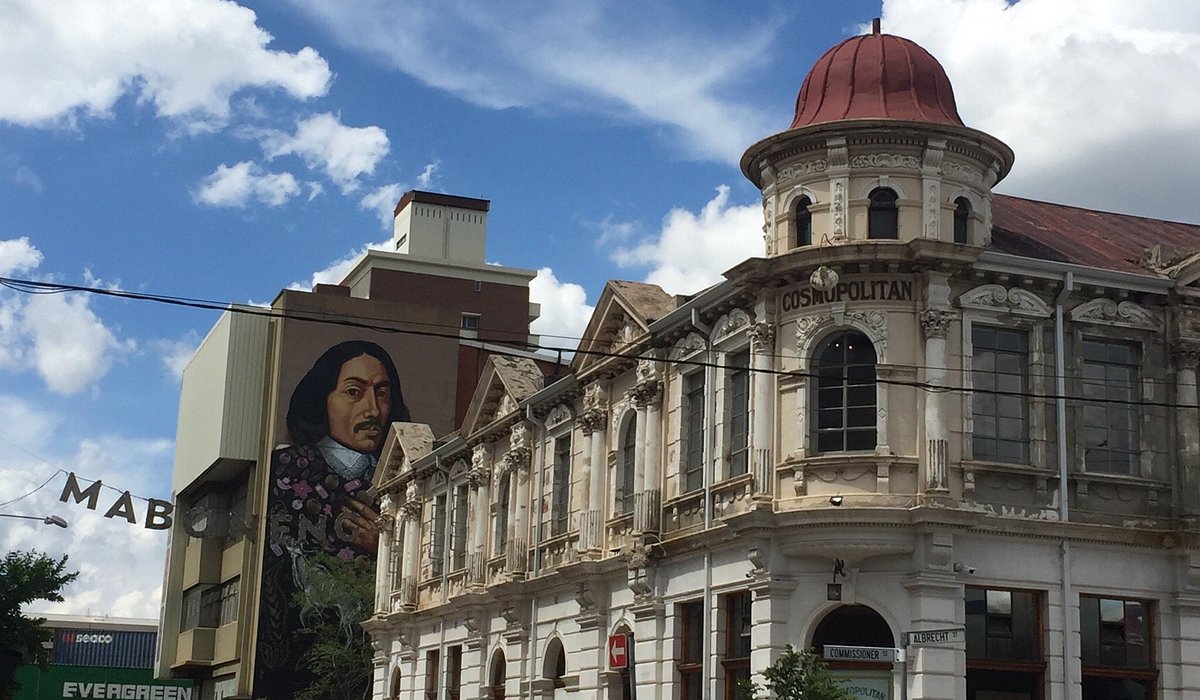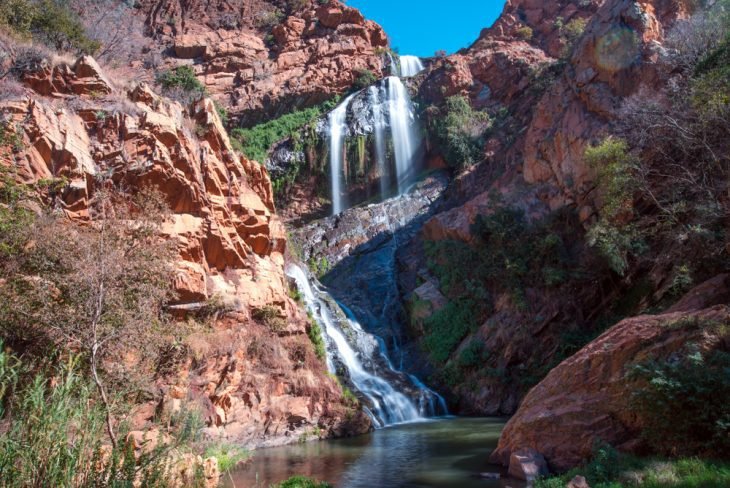Not known Details About Johannesburg North Attractions
Not known Details About Johannesburg North Attractions
Blog Article
Excitement About Johannesburg North Attractions
Table of Contents10 Simple Techniques For Johannesburg North AttractionsThe Ultimate Guide To Johannesburg North Attractions4 Simple Techniques For Johannesburg North AttractionsJohannesburg North Attractions - QuestionsExamine This Report about Johannesburg North AttractionsLittle Known Facts About Johannesburg North Attractions.
The city owes its location to the presence of a a lot more precious source: gold. The city grew on the edge of the Witwatersrand Key Coral reef, a below ground stratum of gold-bearing quartz-silica corporation that arcs for thousands of miles underneath the Highveld. Most of the gold mines in the city discontinued operation in the 1970s, yet in its day the Witwatersrand gold sector made up greater than 40 percent of the globe's yearly gold production.Johannesburg has a pleasant environment. Summertime temperatures balance about 75 F (24 C); winter season temperatures average about 55 F (13 C) and only occasionally dip below freezing. The city enjoys concerning 8 hours of sunlight daily in both winter and summer. Rainfall standards regarding 28 inches (700 millimetres) per annum, however the overall differs significantly from year to year.
What rain the city gets falls practically solely in the summertime months, typically in stunning late-afternoon electrical storms., where many residents still count on coal for fuel.

About Johannesburg North Attractions
The equilibrium of the city is inhabited by whites. Accommodation varies in character and quality.
Physical growth, although rather restricted by transport, proceeded promptly as immigration to South Africa, and Johannesburg specifically, raised drastically. This trouble was addressed in the 1930s when the auto was presented in mass manufacturing to South Africa. Autos were, essentially, constrained to the affluent, and permitted them to move to the north of the city and commute right into the centre.
Many bad suburbs were combined, with inadequate blacks and whites living with each other, although the wealthy suburbs were typically scheduled for whites. This altered with the election of the National Event in the 1948 elections, that began to formalise the system called racism. Racism officially assigned which suburbs each race can reside in under the Team Locations Act.
The previous system of eleven phoned number areas was reorganised in 2006. Marshalltown, as seen from the top of the Carlton Centre. The M1 and M2 run behind the structures, and the southern suburbs prolong past the freeway limit. The central city of Johannesburg lies within the city's Region F. The approximated populace of the region is 200,000, [] however the variety of individuals staying in the internal city on a casual basis is unidentified, as many are prohibited immigrants. Many higher-income residents and white people have transferred to the north residential areas and have actually been replaced by lower-income black people. The unemployment, education and learning, and age profiles of the area are all unknown, as a result of the trouble of obtaining reliable information regarding the location.
See This Report about Johannesburg North Attractions
Centred on the CBD, the area consists of the residential areas of Yeoville, Bellevue, Troyeville, Jeppestown, and Berea to the east. To the west it spreads to Pageview (Johannesburg North attractions) and Fordsburg. There are tiny enterprise zones to the south, such as City West-Denver and Benrose. Around 800,000 commuters travel through the central city everyday, and it operates as a regional purchasing node for site visitors from the southerly suburban areas. Yeoville and Bellevue have a mix of house buildings and solitary property devices on little lots. The region is located on a hilly divide that runs from eastern to west.

Johannesburg Arena, a training school for both the Golden Lions and Orlando Pirates, is surrounding. The eastern suburbs of Johannesburg lie in the city's 7th [] and 9th [] areas. The location is additionally functionally incorporated with East Rand border towns outside of the official limit of Johannesburg, such as Bedfordview and Edenvale (both component of Ekurhuleni Metropolitan District).
Excitement About Johannesburg North Attractions
The eastern suburbs are some of the oldest areas of Johannesburg, there are big areas of Jewish and various other European histories, the bulk of visit the populace is English talking. There are 3 golf training courses as well as a number of safeguarded ridges with viewsites.
The area is mostly composed of old "matchbox" houses, or four-room houses built by the federal see here now government, that were constructed to provide economical holiday accommodation for black employees during discrimination. Soweto is an abbreviation, standing for "South Western Townships". Street after road around is lined with matchboxes; nonetheless, there are a couple of smaller sized areas where thriving Sowetans have built houses that are much more similar in stature with those in more upscale suburban areas.
Hostels are one more noticeable physical attribute of Soweto. Initially constructed to house male migrant employees, several have actually been enhanced as houses for couples and families. The N1 Western Bypass skirts the eastern boundary of Soweto. The residential area was not traditionally permitted to create work centres within the location, so almost all of its citizens are commuters to other components of the city.
The Johannesburg North Attractions Statements
The residential areas in the northern residential areas are mostly official, with no significant areas of informal real estate, or real estate that lacks a long-term structure. This is a recognized location, there is a trend of land use change from domestic to commercial, particularly along major arterial roads and around recognized nodes.
Roads to the eastern and west are less well developed, as there are no freeways travelling in that instructions. Towards the north boundary of the city, the thickness of growth lowers, leaving big locations of untaught land around Midrand.
Johannesburg North Attractions - Truths
The very first residential area to the north of the internal city is Parktown, which is located on a check these guys out hillside ignoring the central city and Hillbrow. It has lots of affluent residents and Edwardian-design mansions, in addition to the Education and Clinical universities of the University of the Witwatersrand. The big concrete Charlotte Maxeke Johannesburg Academic Healthcare Facility controls the sky line of Parktown.
Report this page